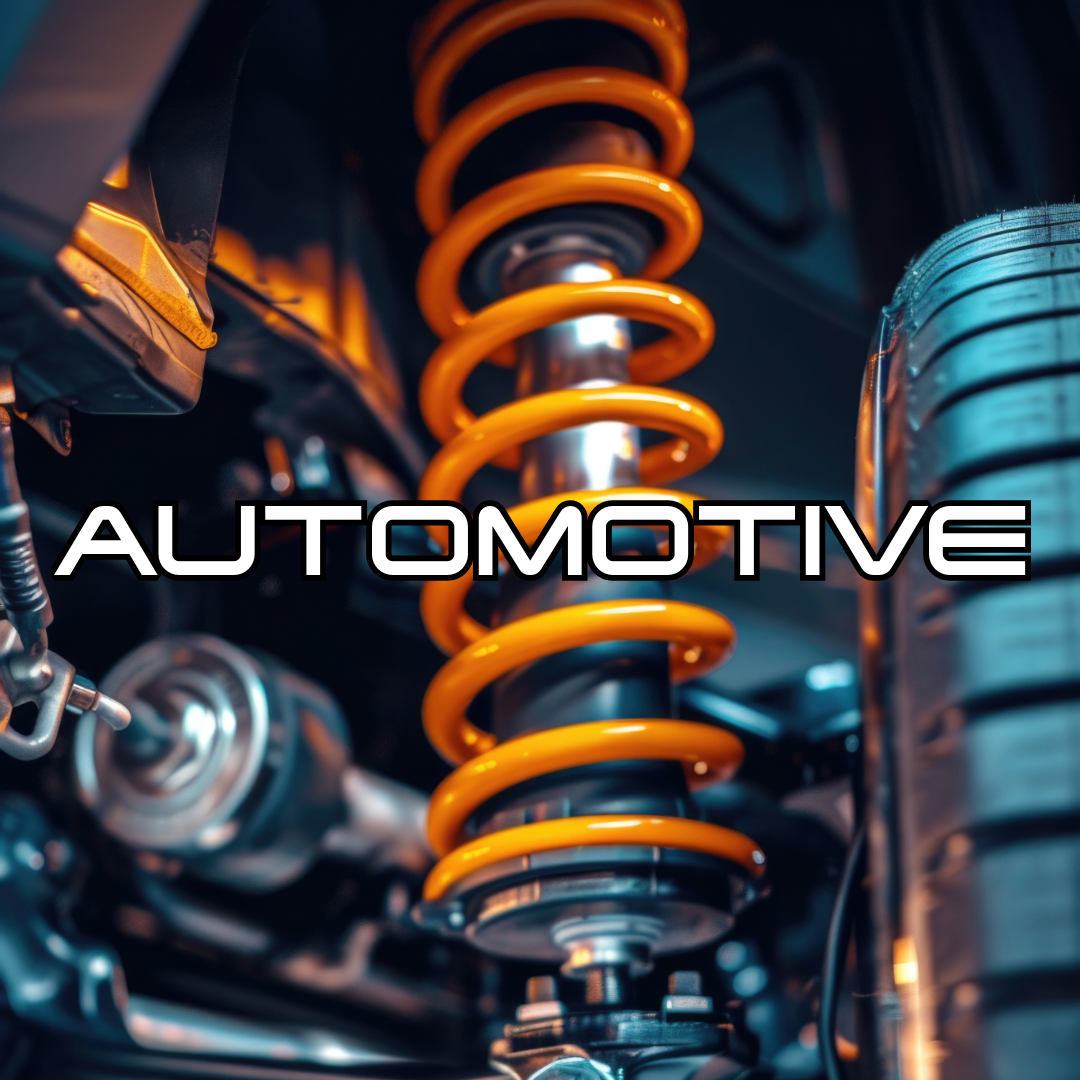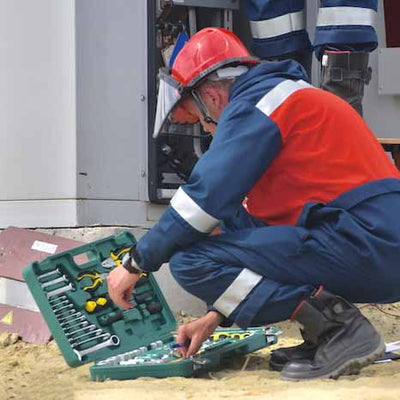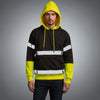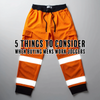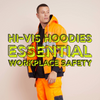Comprehensive Guide to FR Overalls and EN ISO 11612 (A1 + A2, B1, C1, E2, F1) Standards
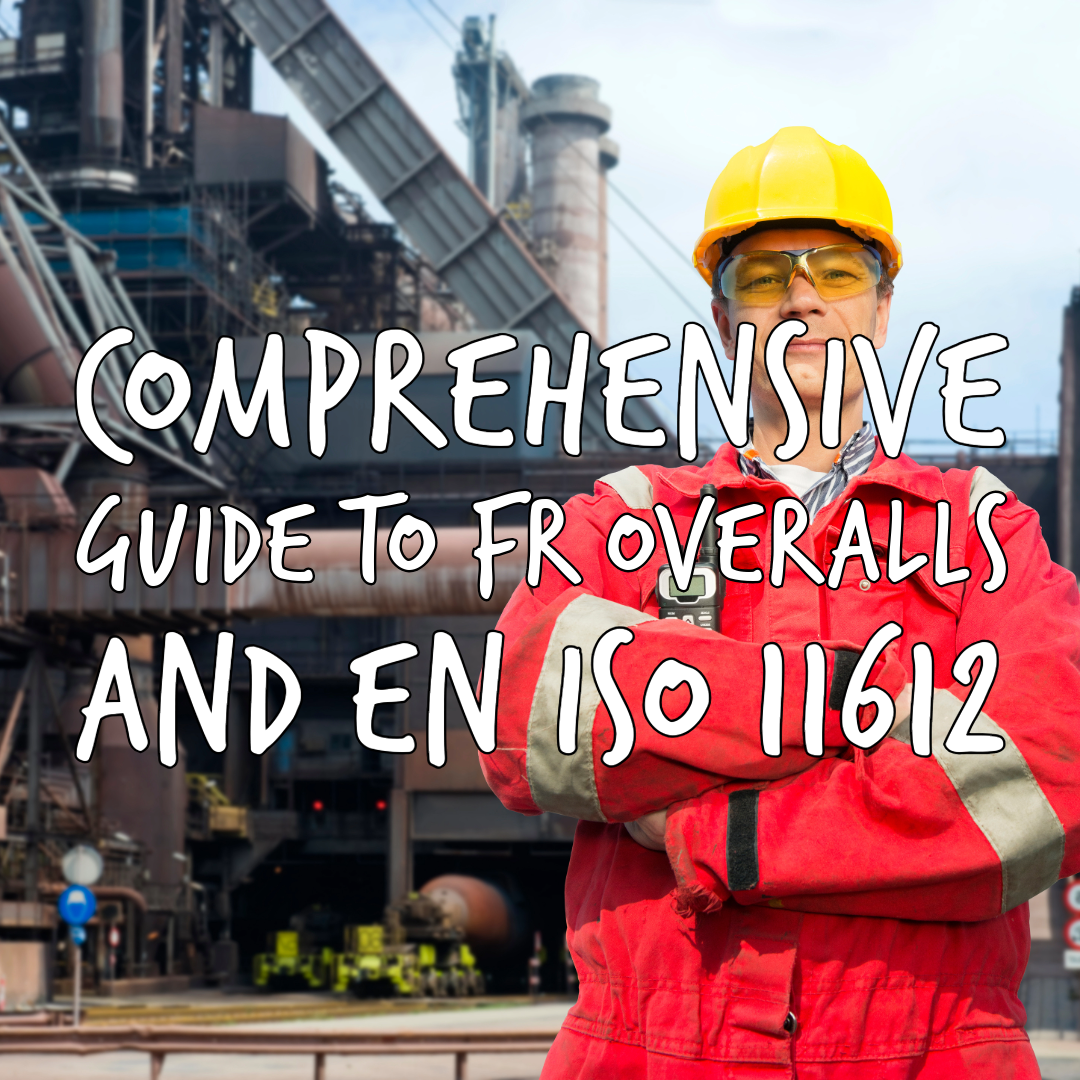
In industries and work places where skilled workers are exposed to heat, flames, and thermal hazards, safety is as important as the job task itself. You simply can't put a price on safety itself. Flame-resistant (FR) overalls form part of the clothing range and a vital component of personal protective equipment (PPE) designed to protect workers from these hazards with the goal of keeping workers safe and unharmed. The effectiveness of FR overalls is governed by rigorous standards that define their performance in various situations. One of the most widely recognized standards is the EN ISO 11612, which sets the requirements for protective clothing against heat and flame.
This article provides an in-depth exploration of FR overalls and the EN ISO 11612 standard, focusing on the specific requirements denoted by the labels A1 + A2, B1, C1, E2, and F1. Understanding these standards is essential for employers and safety professionals to select appropriate protective gear and ensure workplace safety.
Understanding Flame-Resistant (FR) Overalls and Capabilities.
Flame-resistant overalls are garments designed to protect the wearer from , coming close to heat, flames and thermal hazards. Unlike ordinary fabrics, FR fabrics are treated or inherently resistant to ignition and are designed to self-extinguish once the source of ignition is removed. The primary goal of FR clothing is to minimize the severity of burns and provide the wearer with time to escape from hazardous situations.
4 Key Characteristics of FR Overalls:
- Self-Extinguishing: FR overalls are designed to stop burning once the ignition source is removed, reducing the risk of severe burns.
- Durability: FR overalls are engineered to withstand the rigors of industrial environments, including exposure to various chemicals and abrasive materials.
- Comfort: Modern FR fabrics are designed to be comfortable for extended wear, incorporating moisture-wicking properties and breathability.
- Compliance with Standards: FR overalls must meet specific safety standards via testing to be considered suitable for use in hazardous environments. One of the most recognized and valued standards is EN ISO 11612.
The Holy Grail of EN ISO 11612
EN ISO 11612 is an international standard that specifies the performance requirements for protective clothing made from flexible materials like Nomex and Kevlar designed to protect against heat and flames. The standard outlines various tests and performance levels, ensuring that the clothing can provide adequate protection in a range of hazardous situations and environments.
The standard is crucial for industries such as oil and gas, chemical processing, welding, and firefighting, where workers are exposed to high temperatures and potential flame exposure. The performance levels within EN ISO 11612 are denoted by letters (A to F) followed by a number (e.g., A1, B1), indicating the specific type and level of protection the garment is able to attain.
Breakdown of EN ISO 11612: A1 + A2, B1, C1, E2, F1
EN ISO 11612 covers several performance criteria, each representing a different type of protection. The most common classifications and their meanings are as follows:
-
A1 + A2: Limited Flame Spread
- A1: Refers to the ability of the garment's outer surface to resist flame spread when tested in accordance with ISO 15025, using surface ignition.
- A2: Refers to the ability of the garment's edge to resist flame spread when tested in accordance with ISO 15025, using edge ignition.
- Significance: This classification ensures that the fabric does not continue to burn after the flame source is removed, thereby preventing the fire from spreading across the surface of the garment or through its edges.
-
B1: Protection Against Convective Heat
- B1: Refers to the lowest level of protection against convective heat, which is the heat transferred through direct contact with flames or hot surfaces.
- Significance: This classification is essential for workers who may be exposed to hot gases or flames. It measures the time the fabric can protect the wearer from heat transfer, reducing the risk of burns.
-
C1: Protection Against Radiant Heat
- C1: Indicates the lowest level of protection against radiant heat, which is the heat emitted by hot objects or flames without direct contact.
- Significance: This is particularly relevant in environments where workers are exposed to radiant heat sources, such as in metalworking or foundries. The C1 rating ensures that the fabric provides a barrier to reduce heat absorption.
-
E2: Protection Against Molten Iron Splash
- E2: Indicates a moderate level of protection against molten iron splash, a critical hazard in industries such as steelmaking and foundries.
- Significance: Workers in these environments need protection against splashes of molten metal, which can cause severe burns. The E2 rating ensures that the garment can withstand a certain amount of molten metal without breaking or allowing the molten substance to penetrate the fabric.
-
F1: Protection Against Contact Heat
- F1: Refers to the lowest level of protection against contact heat, which occurs when the fabric comes into direct contact with hot objects.
- Significance: This rating is important for workers who may need to handle hot materials or tools. The F1 classification ensures that the fabric provides some degree of protection against burns caused by touching hot surfaces.
The Importance of Each Classification
Each classification within the EN ISO 11612 standard addresses a different type of thermal hazard, and the levels (e.g., B1, C1, E2) indicate the degree of protection. It’s crucial to select FR overalls that meet the specific needs of the work environment.
For example, in a welding environment, protection against molten metal splashes (E2) and radiant heat (C1) is particularly important. In contrast, workers in the oil and gas industry may require strong resistance to flame spread (A1 + A2) and convective heat (B1).
How EN ISO 11612 is Tested
To obtain EN ISO 11612 certification, FR overalls must undergo rigorous testing. The following tests are typically conducted:
-
Limited Flame Spread Test (A1 + A2):
- The fabric is exposed to a flame, and the time it takes for the flame to spread and the fabric to self-extinguish is measured. This test is conducted on both the surface and the edge of the fabric.
-
Convective Heat Test (B):
- A flame is applied to one side of the fabric, and sensors on the other side measure the time taken for the temperature to rise by a certain amount. The test determines the level of protection the fabric offers against convective heat.
-
Radiant Heat Test (C):
- The fabric is exposed to a radiant heat source, and the time taken for the temperature on the other side of the fabric to reach a specific level is recorded. This test assesses the fabric’s ability to protect against radiant heat.
-
Molten Metal Splash Test (E):
- Molten metal (e.g., iron) is poured onto the fabric, and the performance is judged based on whether the fabric can repel the molten metal without breaking or allowing penetration.
-
Contact Heat Test (F):
- The fabric is pressed against a hot surface, and the time it takes for the temperature on the other side to rise is measured. This test evaluates the fabric’s protection against burns from direct contact with hot objects.
Applications and Industries
FR overalls certified under EN ISO 11612 are essential in various industries, including:
-
Oil and Gas: Workers in this industry are often exposed to potential flash fires and need protection against flame spread, convective heat, and radiant heat.
-
Metalworking and Foundries: Employees in these industries face risks from molten metal splashes, radiant heat, and direct contact with hot surfaces.
-
Electrical Utilities: Utility workers may be exposed to arc flashes, requiring clothing that can resist flames and minimize burn injuries.
-
Firefighting: While specialized firefighting gear is used, FR overalls certified to EN ISO 11612 can provide an additional layer of protection in less intense situations.
-
Chemical Processing: Workers handling flammable chemicals require protection from potential fires and heat exposure.
Selecting the Right FR Overalls
When choosing FR overalls, it is crucial to consider the specific hazards present in the workplace. Here are some key factors to consider:
-
Compliance with Relevant Standards:
- Ensure that the overalls meet the appropriate EN ISO 11612 classifications (e.g., A1 + A2, B1, C1, E2, F1) based on the hazards in your work environment.
-
Material Composition:
- FR fabrics can be made from various materials, including treated cotton, aramid fibers (e.g., Nomex), and blends. The choice of material affects the overall comfort, durability, and level of protection.
-
Comfort and Fit:
- Comfort is essential for ensuring that workers wear the protective clothing consistently. Look for overalls with a good fit, breathable fabrics, and moisture-wicking properties.
-
Durability:
- Consider the environmental factors such as exposure to chemicals, abrasion, and laundering. Durable materials and construction methods will ensure that the overalls maintain their protective properties over time.
-
Additional Features:
- Some FR overalls come with additional features like reinforced knees, multiple pockets, or high-visibility strips. Depending on the work environment, these features can enhance the overall functionality and safety of the garment.
Maintenance and Care
To ensure that FR overalls retain their protective properties, proper maintenance and care are essential. Regular inspections should be conducted to check for signs of wear, damage, or contamination that could compromise the garment’s effectiveness.










